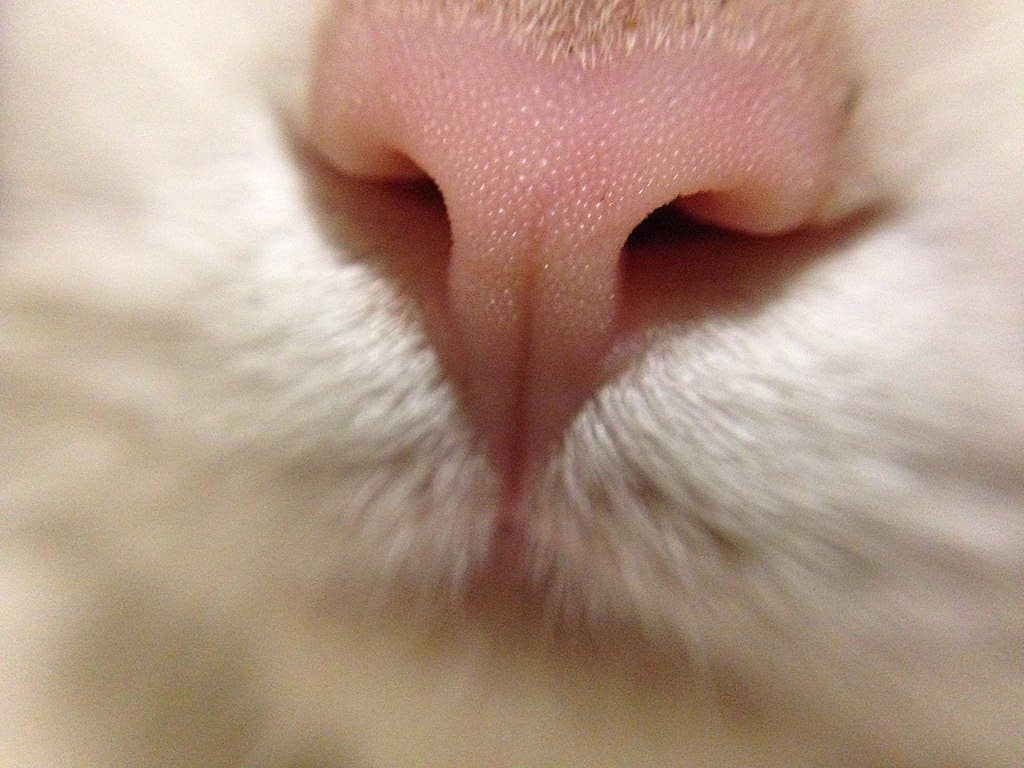
The cat is finally out of the bag. Scientists have cracked the code behind cats’ impressive ability to smell food, friends, and foes. A computer simulation suggests that the nasal structures involved in their sense of smell work like parallel coiled gas chromatographs — highly sensitive lab gear used for the analysis of the chemical makeup of substances.
Until now, the intricate mechanism by which mammalian noses detect odors has remained elusive. While previous studies hinted at the similarity between the nose and a gas chromatography device in terms of odor detection through inhaled air, the specific parallels were not clear.
According to the research team, the evolutionary change in cats’ nasal structure, driven by their small heads, has resulted in a labyrinthine airway system that not only fits but also enables cats to adapt to diverse environments.
“It’s a good design if you think about it,” Kai Zhao, study author and professor of otolaryngology at Ohio State’s College of Medicine, said in a media statement.
Cat’s impressive nose
Zhao and his team had previously developed models of the rat and human nose to examine airflow patterns. But this time they’ve outdone themselves, producing a highly detailed cat nose model unlike anything presented thus far. This breakthrough was achieved through micro-CT scans of a cat’s skull, allowing for the identification of tissue types in the feline nasal cavities.
“We spent a lot of time developing the model and more sophisticated analysis to understand the functional benefit that this structure serves,” he said in a statement.
“The cat nose probably has a similar complexity level as the dog’s, and it’s more complex than a rodent’s – and it begs the question – why was the nose evolved to be so complex?”
The answer was discovered through computer simulations of respiration. Zhao and his team observed two distinct zones of airflow. The first zone comprised respiratory air that underwent filtration and gradually dispersed over the palate before reaching the lungs. The second zone, however, traveled through a central passage and reached the olfactory region at the rear of the nasal cavity.
The simulation revealed another intriguing finding: the air directed towards the olfactory region is subsequently recirculated through parallel channels upon arrival.
This unexpected discovery surprised Zhao, who said “It’s as if you take a sniff, and the air swiftly shoots back there, undergoing processing for a significantly extended duration.”
The researchers are the first ones to quantify the efficiency differences in gas chromatography between mammals and other species. They estimated that cat noses are more than 100 times more efficient at odor detection than an amphibian-like straight nose in a similarly sized skull.
We all suspected that cats had truly impressive noses, and now this confirms it.
“We know so much about vision and hearing, but not so much about the nose. This work could lead to more understanding of the evolutionary pathways behind different nose structures, and the functional purpose they serve,” Zhao said.
The study was published in the journal PLOS Computational Biology.









